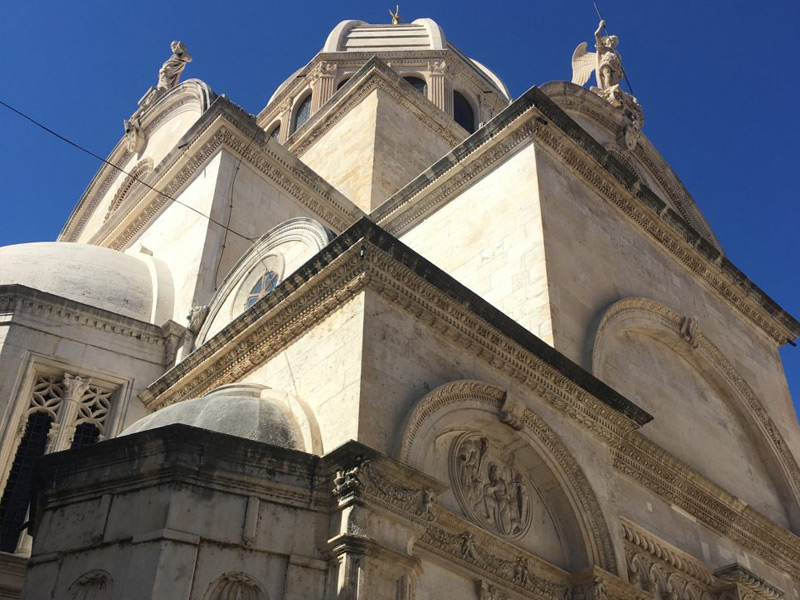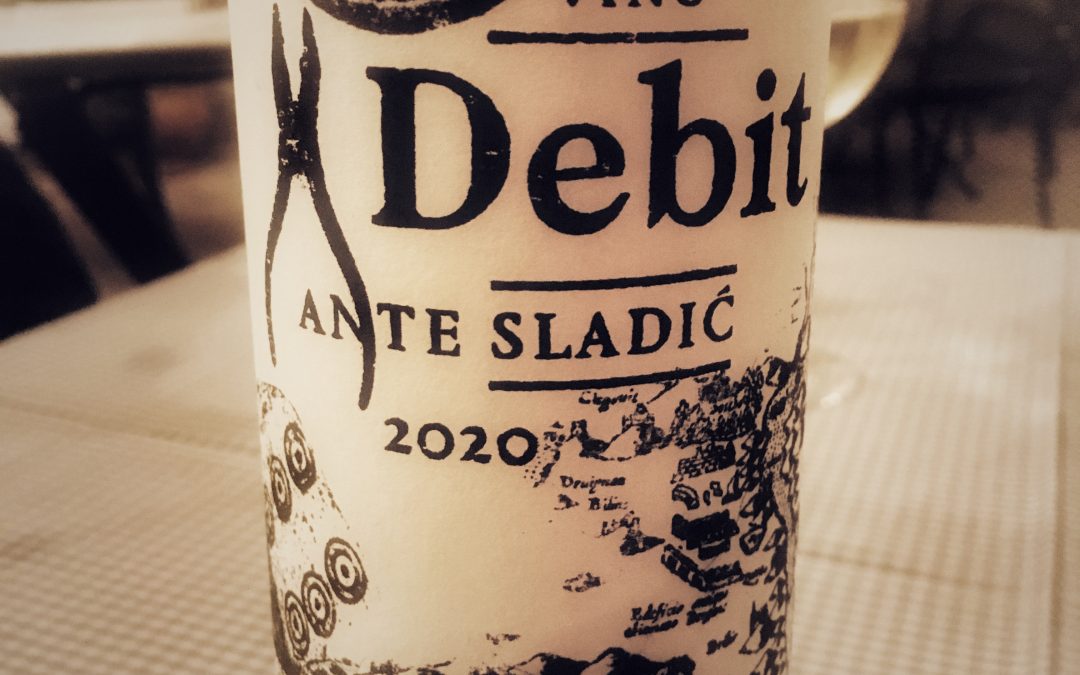Although we've now lived in Croatia (Istria, to be exact) over six years, and we've done lots of exploring, we are still yet to discover the hotspots of Split and Dubrovnik and the more southerly islands. It's not out of lack of interest or for want of trying, but...


